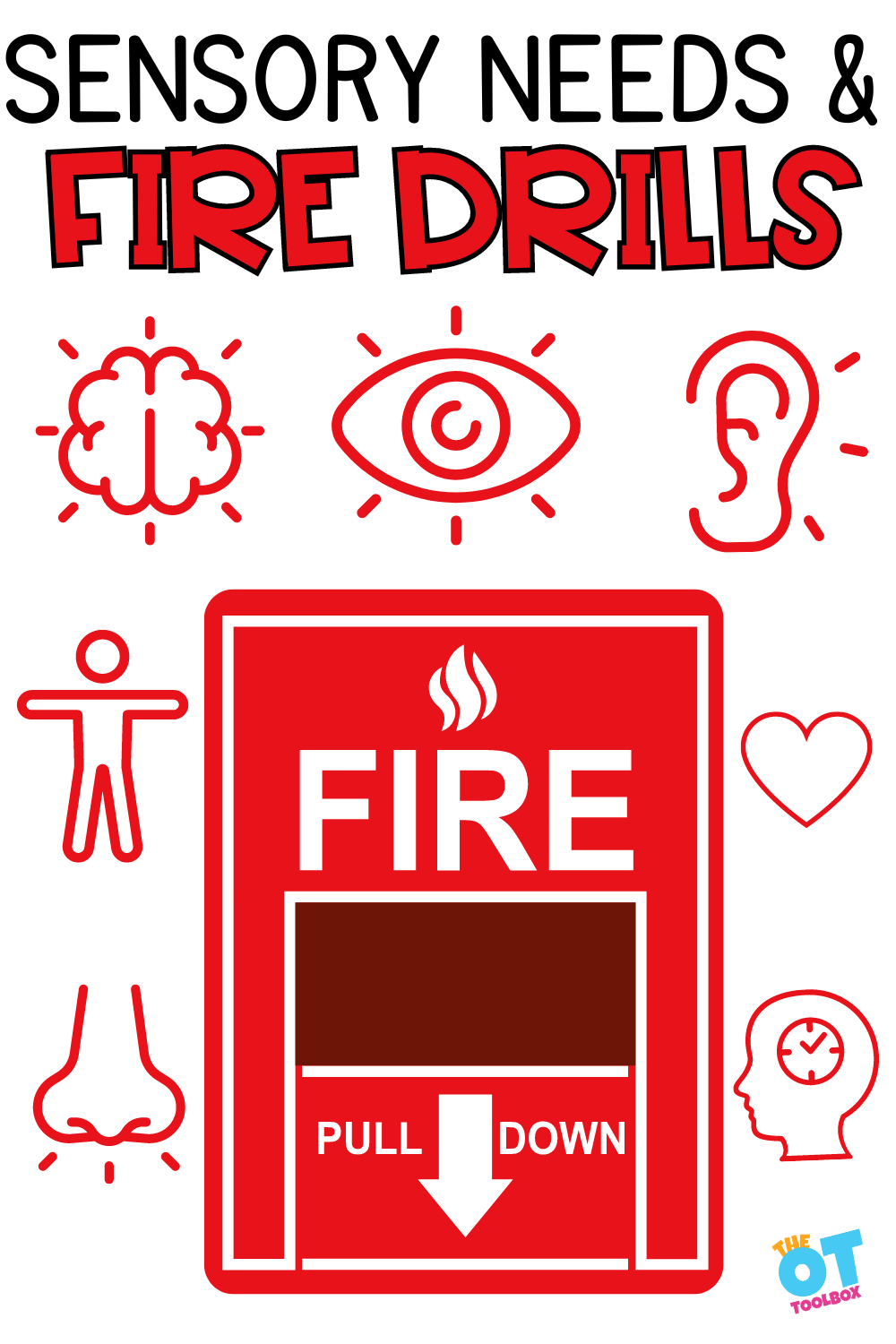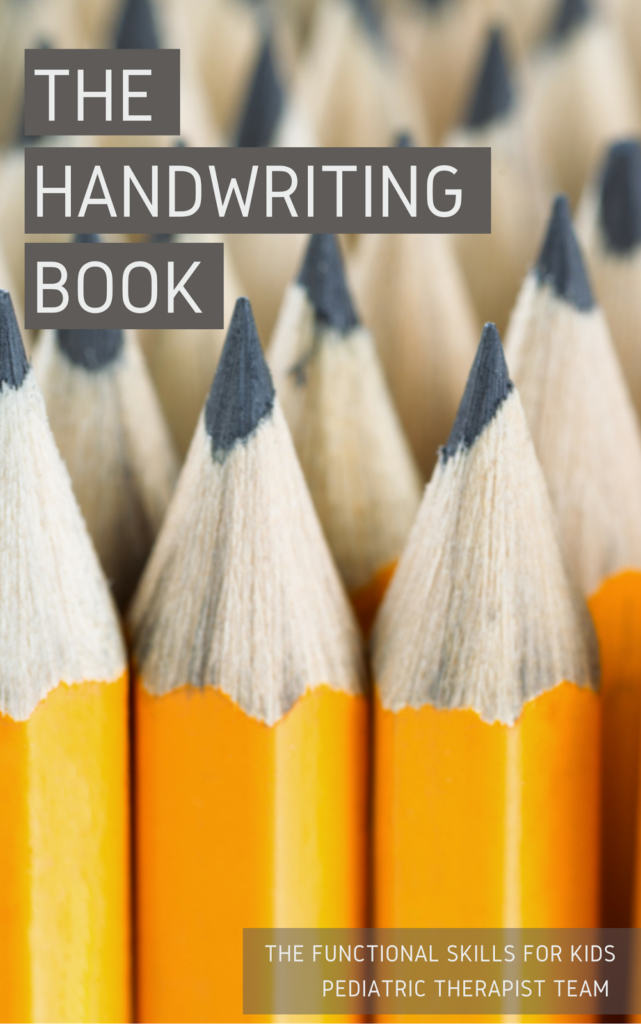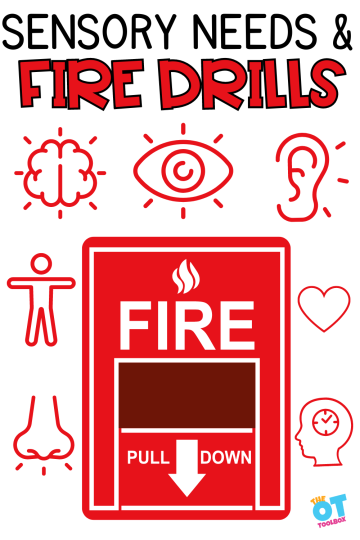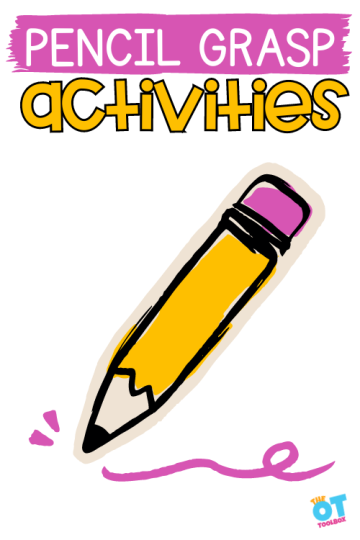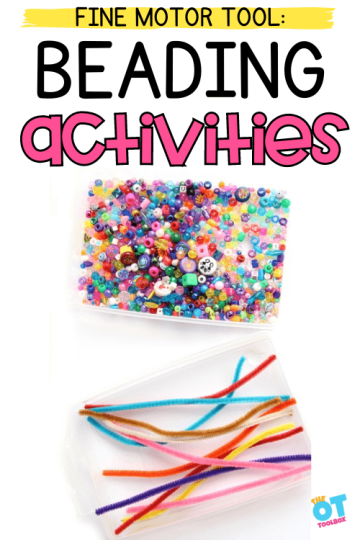If you have a school aged child, then you might have seen them learn cursive in schools…or maybe not. In recent years, cursive seems to have dropped from the radar in school curriculum. But why is that? What does the research tell us about cursive handwriting, and what is the science behind cursive? Should cursive be brought back to the classrooms? In this blog post, we’re talking specifically about the latest research on cursive handwriting.
We do have an extensive series and resources on how to teach cursive handwriting, so if the cursive writing research below gets you interested, you can start there!
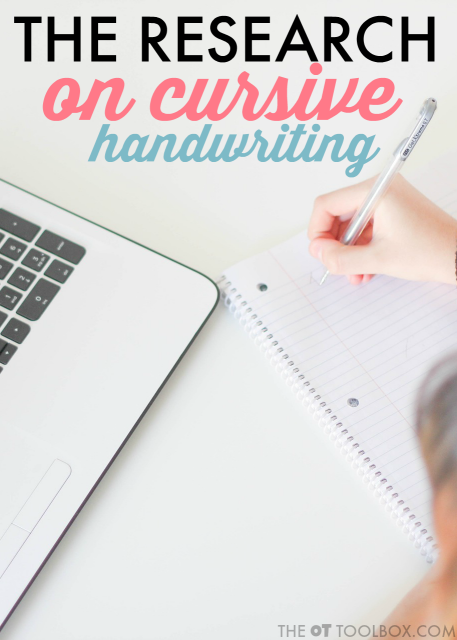
Cursive Handwriting Research
So, what does research say about cursive handwriting? A lot!
We pulled together a few links on different research studies that looked at different components of cursive writing. The research tells us that cursive changes the brain and helps with learning!
One thing that we have to consider (as parents and as school based OT professionals who are in the mess of handwriting goals…) is to consider technology. Kids are surrounded by tech, screens, and apps all day long. And, that’s not a terrible thing, it’s just that moderation is needed.
So, when it comes to cursive handwriting specifically, we have the technology of tablets and the writing stylus. One team of researchers shared the benefits of practicing letter formation. But, knowing how important it is to practice handwriting and that physical act of writing letters, what do we do about all of the screen use and technology we have now?
The nice thing that we see in occupational therapy in the schools is that we can transition kids from print to cursive as a tool for supporting letter formation. This helps with the motor plan of writing. It also helps with letter reversals. But, we can also use the technology to practice and get all of the benefits of learning letters.
Another study found that using a stylus and screen is just as effective as writing on paper and with a pencil. This is great for the student that needs motivating handwriting activities to actually practice letter formation.
So, what’s the takeaway? It’s all about finding the right balance. Whether you’re a student or a teacher, it’s smart to know when to go digital or stick with traditional methods. Plus, everyone’s different, right? Still another study found that what works for one learner might not click with another and that using different strategies can build those neural pathways.
Cursive Changes the Brain
This link explores the brain and how it relates to cursive handwriting. Some important areas that are referenced include findings of changes occurring in the brains that allow a child to overcome motor challenges when children are exposed to cursive handwriting.
Additionally, the article describes a study in which has shown that physical instruction such as cursive handwriting lessons actually changed the participant’s brain structure.
Cursive for Motor Control Challenges
There is some research indicating cursive handwriting can be a valuable tool for motor control challenges such as those who struggle with dyslexia or dysgraphia. Read more about dyslexia and occupational therapy.
It’s been found that there are distinct neural pathways that develop when we physically write letters.
Neuroimaging studies have revealed an cognitive processes involving primarily left-hemisphere brain areas that are involved in writing tasks, finger writing, and imagined writing.
Cursive Progression
Cursive handwriting, like printed handwriting becomes more individualistic and develops a personal style, especially during grades 3 and 4, and as children develop.
Practice matters! Quality of handwriting has been shown to enhance writing skills, reading, and learning or memory of language.
There are studies that have shown improved handwriting abilities through use of multi-sensory activities (Case-Smith et al., 2012; Keller, 2001; Lust & Donica, 2011).
You’ll find more research on handwriting in The Handwriting Book:
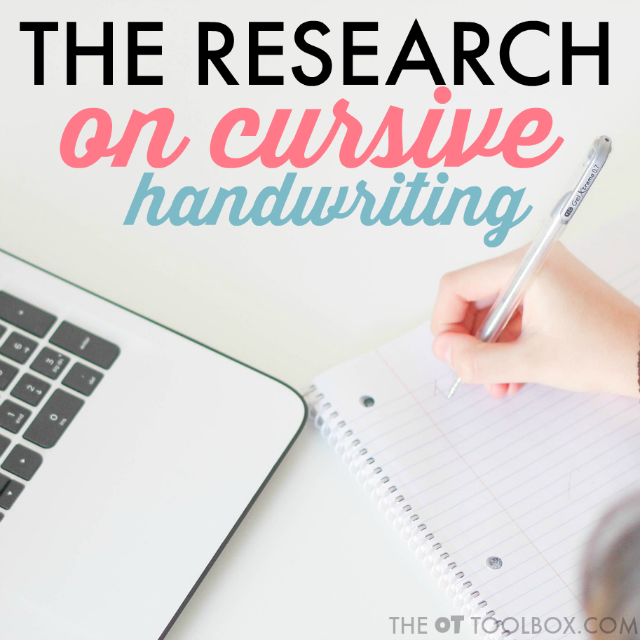
Research references on cursive handwriting
Case-Smith, J., Holland, T., Lane, A., & White, S. (2012). Effect of a co-teaching handwriting program for first graders: One-group pretest-posttest design. The American Journal of Occupational Therapy, 66(4), 396-405.
Keller, M. (2001). Handwriting club: Using sensory integration strategies to improve handwriting. Intervention in School and Clinic, 37(1), 9.
Lust, C. A., & Donica, D. K. (2011). Effectiveness of a handwriting readiness program in Head Start: A two-group controlled trial. The American Journal of Occupational Therapy, 65(5), 560-8.
Over the past 30 days, we’ve shared cursive handwriting tips, strategies, activity ideas, free resources including cursive letter flashcards, tricks, and everything you need to know on how to teach cursive handwriting. Today, as a final post in this cursive handwriting series, we wanted to share the science behind cursive.
Below, you’ll find the research on cursive handwriting. These are the studies that explore cursive, the evidence, and the sources you need for teaching and learning to write in cursive.
This post is part of our 31 day series on teaching cursive. You’ll want to check out the How to Teach Cursive Writing page where you can find all of the posts in this series.
For more ways to address the underlying skills needed for handwriting, check out the handwriting drop-down tab at the top of this site.

